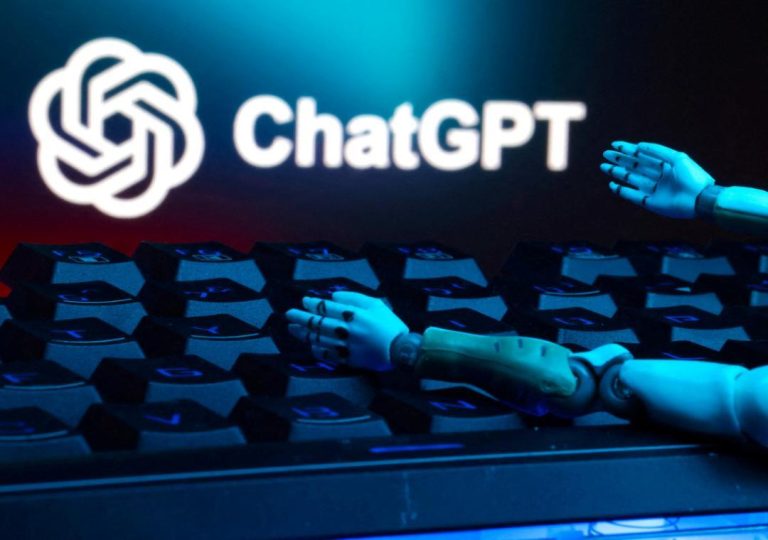
Title: Physiotherapy: How AI & AR are making pain a thing of the past
The healthcare industry has witnessed a significant transformation in recent years, and physiotherapy is no exception. With the advent of Artificial Intelligence (AI) and Augmented Reality (AR), physiotherapy is evolving to become more effective, accessible, and proactive. Gone are the days of manual assessments and treatment plans; AI and AR are revolutionizing the way physiotherapists diagnose, treat, and prevent musculoskeletal issues.
Pain, a common affliction that affects millions worldwide, is no longer a mystery that physiotherapists must unravel through trial and error. AI-powered algorithms and AR-enabled devices are providing real-time insights, enabling physiotherapists to tailor treatment plans to individual patients’ needs. The result? Pain management and prevention have become more efficient, and the focus has shifted from treatment to prevention.
Real-time Posture Corrections with AR
Augmented Reality, in particular, is making a significant impact in physiotherapy. AR-enabled devices, such as smart glasses and wearables, are providing real-time feedback to patients on their posture, movement patterns, and exercises. This feedback is crucial in correcting postural imbalances, which are a significant contributor to musculoskeletal pain and injuries.
For instance, AR-powered devices can detect even the slightest deviations from optimal posture, providing instant feedback to patients on how to correct their alignment. This real-time guidance enables patients to develop good posture habits, reducing the risk of injury and alleviating chronic pain.
Personalized Exercise Plans with AI
Artificial Intelligence is playing a vital role in creating personalized exercise plans, tailored to an individual’s unique needs and goals. AI algorithms analyze a patient’s medical history, lifestyle, and physical characteristics to develop a customized exercise program that addresses their specific musculoskeletal issues.
AI-powered exercise plans are designed to be adaptive, adjusting intensity and difficulty levels based on a patient’s progress. This ensures that patients are challenged but not overwhelmed, reducing the risk of injury and improving overall treatment outcomes.
Early Detection of Musculoskeletal Issues with AI
AI is also revolutionizing the early detection of musculoskeletal issues, enabling physiotherapists to identify potential problems before they become chronic. AI algorithms can analyze patient data, such as medical history, lifestyle, and biomechanical factors, to identify risk factors for musculoskeletal issues.
For instance, AI-powered analytics can detect slight changes in movement patterns, indicating an increased risk of injury or chronic pain. This enables physiotherapists to take proactive measures, developing prevention strategies that reduce the risk of injury and alleviate chronic pain.
From Treatment to Prevention
The shift from treatment to prevention is a significant paradigm shift in physiotherapy. AI and AR are enabling physiotherapists to focus on prevention, rather than just treating symptoms. By identifying potential problems early, physiotherapists can develop personalized prevention plans, reducing the risk of injury and chronic pain.
This proactive approach is not only more effective but also more cost-efficient. By preventing musculoskeletal issues from developing in the first place, healthcare systems can reduce the financial burden of treatment and rehabilitation.
Accessible and Proactive Healthcare
The integration of AI and AR in physiotherapy is not only revolutionizing treatment outcomes but also making healthcare more accessible and proactive. Patients can access AI-powered exercise plans and AR-enabled devices from anywhere, at any time, reducing barriers to care and improving overall health outcomes.
Moreover, AI and AR are enabling physiotherapists to provide more personalized care, addressing the unique needs and goals of each patient. This patient-centric approach is improving treatment outcomes, increasing patient satisfaction, and reducing the risk of chronic pain and injury.
Conclusion
Physiotherapy is evolving at a rapid pace, driven by the innovative applications of AI and AR. By providing real-time posture corrections, personalized exercise plans, and early detection of musculoskeletal issues, AI and AR are transforming the way physiotherapists diagnose, treat, and prevent musculoskeletal issues.
The shift from treatment to prevention is a significant milestone in the evolution of physiotherapy, enabling healthcare systems to focus on proactive care rather than just treating symptoms. As AI and AR continue to advance, we can expect even more innovative applications in physiotherapy, revolutionizing the way we approach pain management and prevention.
Source:
https://www.healthcareradius.in/features/technology/physiotherapy-obesity-tech






